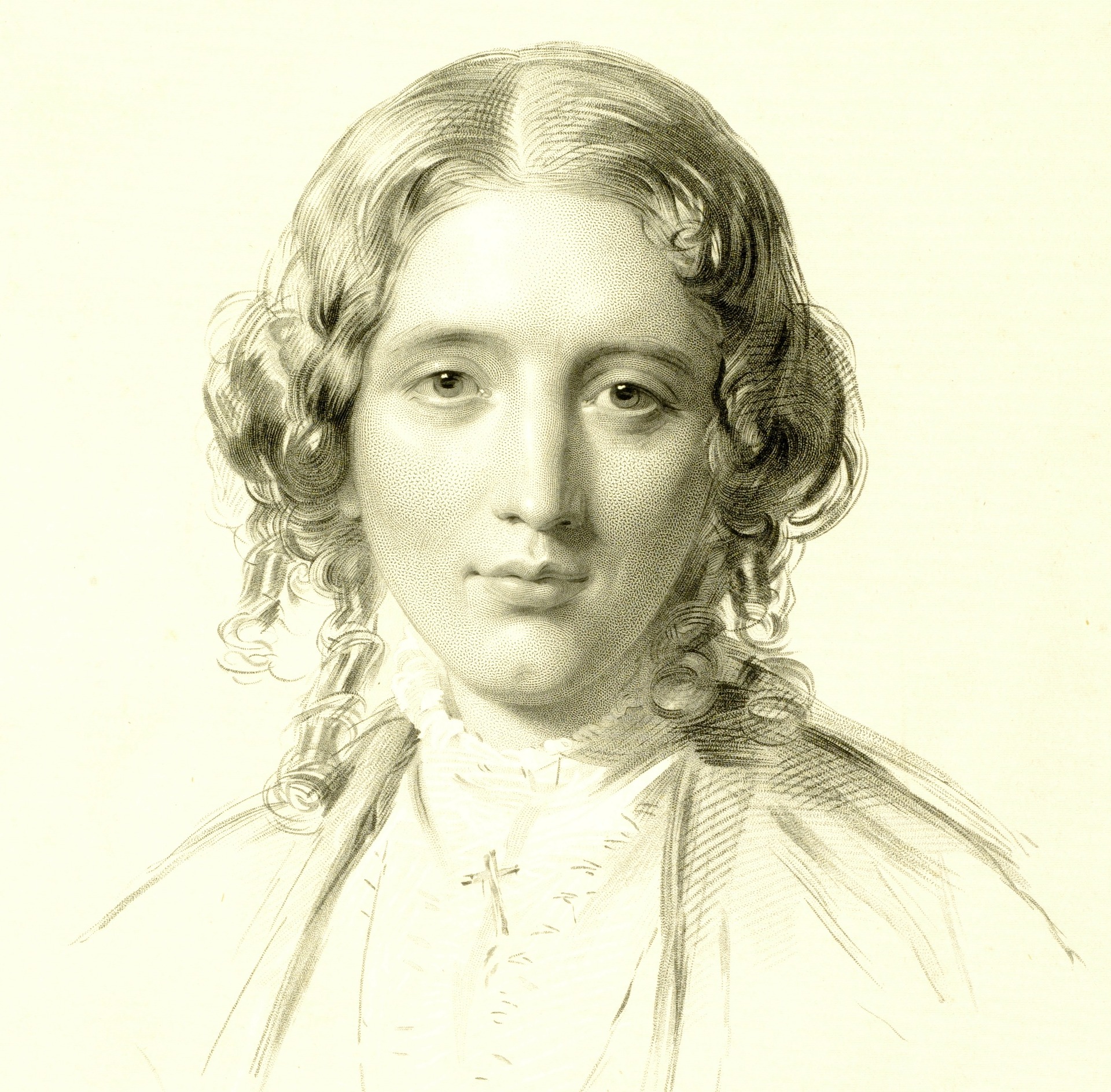Dorothy Parker- Dorothy Parker, born on August 22 in 1893, was not only an American poet but also a short story writer, critic and satirist. Though she has many famous poems but she was celebrated more for her wit. She was very talented, as attested by the two Academy Awards that she had received for screenwriting in Hollywood. She grew up in a broken household, where she was abused by her father and mistreated by her step-mother. She grew up on the Upper Westside and went to the elementary school at the Convent of the Blessed Sacrament. She graduated from Dana school in 1911, at the age of 18. She published her first poem in Vanity Fair magazine 1914. Her married life was not long, as she ended her marriage with Edwin Pond Parker II, during his army service in World War I.
Setting of Landscape-
The poem is written in a simple language. The poem starts with a positive note; the description of the nature and the surroundings gives the poem a feel of the romantic genre of poetry. But unlike the romantic poems, it does not move on to worship the beauty of the nature; neither does it treat nature as a philosopher nor as a doctor who applies a soothing balm on all the pain, as Wordsworth does in his poetry. The poem gives us a vivid idea about the poet’s mood. Just like any other poem this poem too reflects the mind of its creator.
Poetic Devices in Landscape-
Personification:
Line 4: The “birches” are personified who leap and bend.
Line 7: The “breezes” is personified, who run and has fingers.
Line 9 – 10: The place has been personified; it is “gay”, “calm” and “pure”.
Summary of Landscape-
The poem starts with the mention of a place that is unknown to the reader, thereby calling in to the spectators to be a part of the poem. This anonymity of the place leaves it with unnumbered possibilities. Though almost the entire poem is devoted to the description of this unnamed place, there is no utterance about its name. It is called by the poet as “the sweetest place” which can be compared to heaven. The field which is white and “flowering lace” gives a happy image. There are hills which are covered with green grass and purple flowers which embrace the “roving sun”. The soft breeze blows by, flirting with the green lush grass. Even the poet in the third stanza admits that the picture that she has painted in the two above stanzas evokes happiness. It is “calm and pure”. Whoever looks at it will also most definitely feel the same purity and experience the same peace, which in turn will make anybody, who can feel it, happy. But the poet in the conclusion sets herself apart from others saying that in spite of all these beauty all she sees is “Flat and Gray”. She sees “misery” as “lad a mile away/ Has little need of” her.
Critical Analysis of Landscape-
Dorothy, who had a troubled childhood, had shown the trait of a rebel more than once. After her father’s remarriage, she never even called her stepmother as mother but as the housekeeper. She was put into the Hollywood Blacklist because of her involvement in the left-wing politics. Keeping in mind her reputation as a witty journalist, it can be said that a similar tone dominates the poem. The poem begins with the appreciation of the beauty of the place that is being talked about. It is obviously some place away from the mundane life, where nature is present in its purest form. Stanza 1 has been completely devoted to the introduction of this nameless place. The first word of the poem “now” shows that the poet has either just arrived at this place or has been there talking about this place for quite some time now. It looks as if the poem is a part of a much longer description of the place and how she relates to it. It is clearly falls in the middle of somewhere on the way to the heaven, as she mentions: “from here to the heaven’s end”. The illustration of the white field and flowering lace denotes peace and life which is echoed in the next two stanzas as well. The role of the first stanza is to present the place as a happy one, which is enhanced in the next two consecutive stanzas. Stanza 2 gives even more images of a happy, living and growing nature. The green grass and purple flower that covers the hills, paints a picture of nature in its beautiful form, its flowering, depicting the season of Spring. The soft breeze that plays with the grass plays with the heart of anyone exposed to it. The third stanza depicts the effect of these elements on the spectator. The poet assures that anyone exposed to it can feel the calmness and purity that it has to offer. Anyone who looks at it, and can feel it, must be happier. The last stanza of the poem shows the poetic method that Dorothy has used in almost all of her poems. The entire poem she has devoted to talk about the beauty and the way it will definitely affect anyone who is present in that place. But the poet sets herself apart from the rest of the crowd by saying that it doesn’t affect her. Even though she is present there all she sees is “flat”, which can be an image of the dead, and “gray”, which is equated with sadness and gloominess. Even though it is supposed to make her feel happy, she sees misery. The last two lines hints at the possible reason for this misery. She talks about a “lad” who is miles away, who doesn’t need her. A simple interpretation of this can be that she is talking about her husband, who had gone for his army service in the World War I. And she just happens to express her feelings, that in spite of all the beauty that nature has to impart, she can’t take in any, as her heart is not at peace.
Central Idea of Landscape-
Central to the poem is the idea of self-reflection. The poet tries to draw a correspondence between her and the place where she stands. She fails to do that as in order to let the nature heal her, her heart needs to be at peace. She fails to embrace the peace and the calm that the place promises to provide. All because of “a lad, a mile away, who doesn’t need” her.
Tone of Landscape-
The tone of the poem is of a shifting nature. The poem initially starts with a happy image of nature which is evolving and at its fullest. It comes with the assertion that it is the sweetest place after heaven, it promises peace and calmness. But the tone become one of melancholy and longing in the last stanza, where the poet declines all these, and says these don’t affect her. Probably she fails to relate to it, because her mind keeps going back to the lad who is miles away and doesn’t need her anymore. Even the nature fails to provide her with the much needed peace.
Conclusion- Dorothy Parker has written many poems with a similar tone, though her wittiness is evident in the poem itself. The way she changes the entire tone that she has been setting since the initial stanzas, in the last stanza takes the reader by surprise. Her character was probably an interesting one, as many fictional character has been based on her, such as “Lily Malone” in Phillip Barry’s Hotel Universe(1932), “Paula Wharton” in Gordon’s 1994 play Over Twenty-one, many more. The poem leaves the reader with a feeling of nothingness, it makes the reader think. The abrupt end makes the reader wonder about the poet’s life, about her past.
Some online learning platforms provide certifications, while others are designed to simply grow your skills in your personal and professional life. Including Masterclass and Coursera, here are our recommendations for the best online learning platforms you can sign up for today.
The 7 Best Online Learning Platforms of 2022
- Best Overall: Coursera
- Best for Niche Topics: Udemy
- Best for Creative Fields: Skillshare
- Best for Celebrity Lessons: MasterClass
- Best for STEM: EdX
- Best for Career Building: Udacity
- Best for Data Learning: Pluralsight










